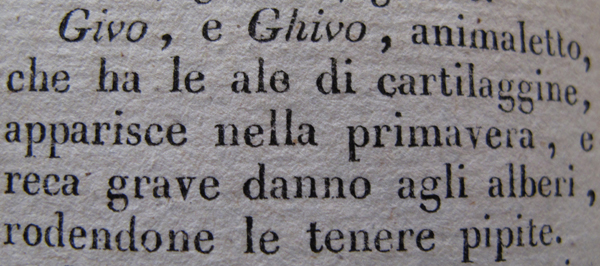
Damaging though it is, the lack of substantiation for gianduia’s early nineteenth century invention might not be fatal to the theory. (Absence of evidence is not evidence of absence.) However, several strong circumstantial arguments also militate against that dating.



